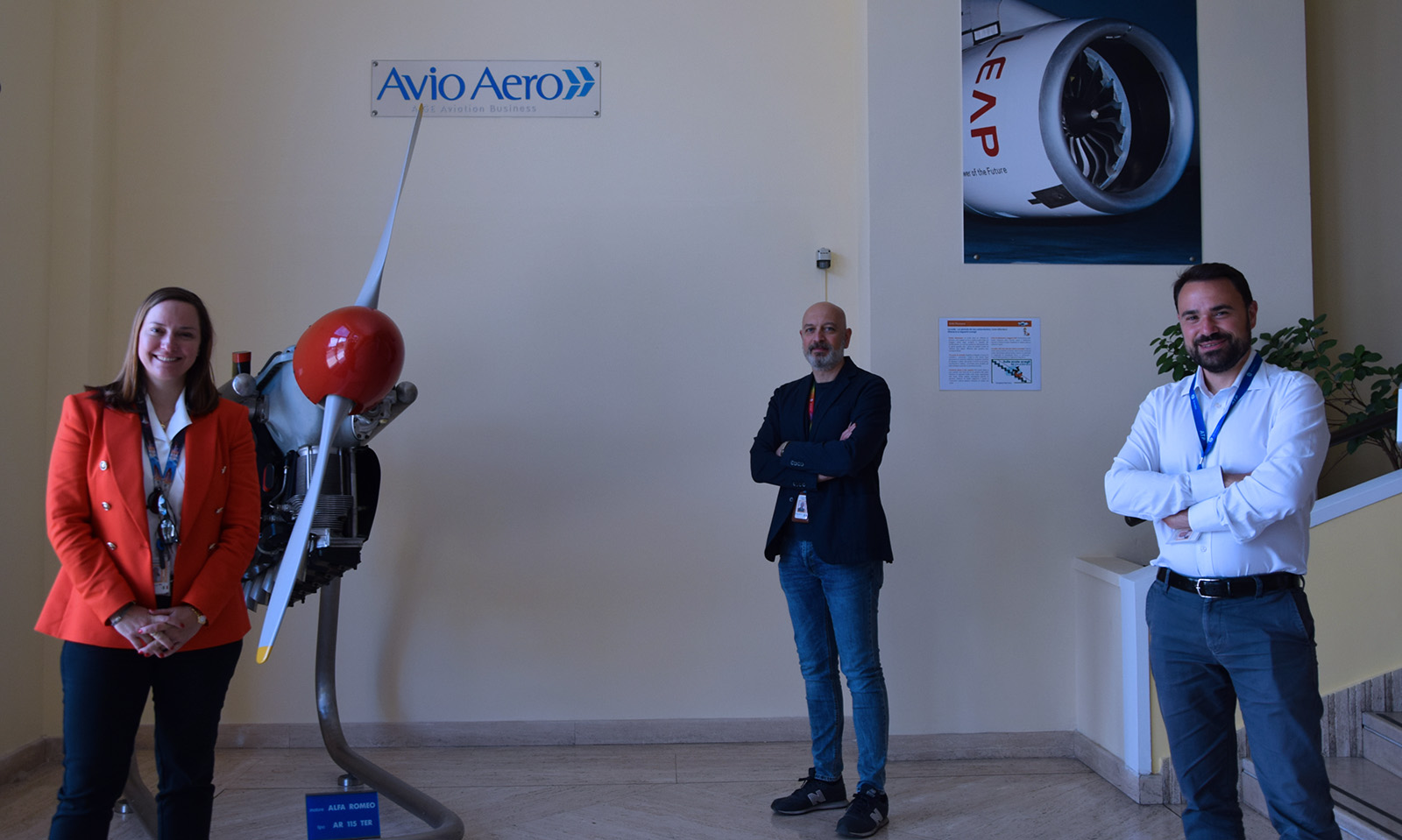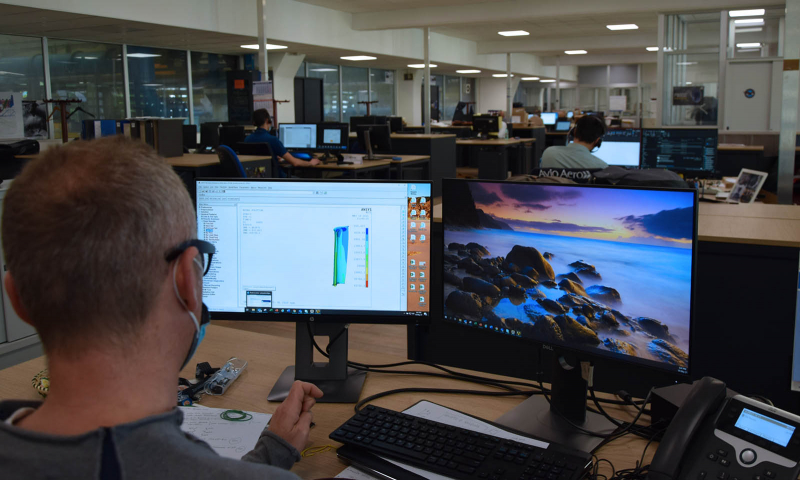Future
The minds within Campania
Increasingly effective collaborations with experts in the Italian region is one of the main objectives of the new Campania Engineering Center of Avio Aero, focusing on sustainable innovation.
May 2021
No other era has so effectively demonstrated how the human capacity for collaboration and coordination between applied science and technology is the key to success for sustainable development, as the one we are currently living through, with all its challenges and complexities in terms of health, environment and global society.
This is true for every field of science, and it is undoubtedly a cornerstone for progress in aerospace or aeronautical engineering. In fact, the science that is studied in universities and nurtured in research centers is the foundation for innovation in industrial processes, as well as in the products that advance the performance and characteristics of each aircraft and its engines.
Therefore, it isn’t news that the industrial sector is inextricably linked to the academic world, at the level of research and training of talented prospects, as well as in research and development. In this sense, the network built by Avio Aero over the years is a role model for the aviation industry, and today it is fully expressed through its part in the EU Technology Development Community.
“Historically, Campania is a region rich in entrepreneurship, and is therefore well known for its industrial framework, as well as its creativity,” said Carlo Silvestro, Campania Engineering Center Leader. “As far as our own world of aeronautics is concerned, there are large, small and medium-sized companies of a high value operating in Campania as a result of the presence of historical universities, such as the University of Naples Federico II and several others, but also research centers of the utmost excellence. And our company is, in fact, the only one in Campania specializing in propulsion, meaning the engine system and each individual component.”
The Avio Aero facility in Pomigliano has, for several years, worked with the University of Naples Federico II, particularly in the field of industrial processes as well as on the digital side. In addition, Federico II is a member of the European technological community of Avio Aero and training partner of the Faculty of Engineering by virtue of a special degree course.
The Neapolitan university is one of the partners of the new engineering center led by Silvestro, whose objective is to improve and increase the effectiveness of collaborations with universities, research centers and SMEs in the southern Italian region. This objective was pursued by leveraging the design, development and certification skills for various modules and components of aircraft engines and the industrial capacity of Avio Aero's Campania site.
Ours is a team of about 50 engineers and our expertise ranges from combustor modules, afterburners, sheet metal structures, low-pressure turbine components for both civil and military engines, and alongside design and development we have quite advanced experimental skills
“We rely on a team of about 50 engineers and our expertise ranges from combustor modules, afterburners, sheet metal structures, low-pressure turbine components for both civil and military turbofan, turbojet and turboprop engines,” continued Silvestro. "And then, alongside design and development, we have quite advanced experimental skills, together with large-scale systems even those of a significant size, which involve modules such as the interior of an aircraft engine.”
The most recent development activities of the Campania Engineering Center, together with Federico II, revolve around the simulations of innovative manufacturing processes, fluid dynamics and structural integrity, however there is also something else that the bright minds of Campania are discussing.
“We are aiming to collaborate with several actors in the development of innovative technologies focused on our engine expertise,” explained Silvestro. “For example, there are alternative fuels (SAF), hybrid-electric drive systems, hydrogen drive systems and, more specifically, work on the simulation of special manufacturing processes that we are pursuing.”
This simulation of the industrial processes in Avio Aero aims at the increased digitization and sustainability of the processes themselves; in concrete terms, it makes it possible to prepare and determine the machining or mechanical processes for engine components by digitally simulating the majority of the operations. As a result, the waste of materials and time are significantly optimized.
However, in the minds of the engineers at Pomigliano there is also the ambition to build a new joint-lab, this time in Campania. “We have started to have new conversations with local research centers of excellence, and the ideas on the table are highly attractive,” added Silvestro. “Here, in Campania, the seventh Italian Avio Aero laboratory may be created and shared with the university or research centers, and it would be distinct from the labs that have already been operating for some years in Italy, because it would focus on disciplines and missions that are even more innovative and devoted to the most immediate challenges.”
The Italian Avio Aero laboratories - two at the Politecnico di Torino, two at that of Bari, one with the University of Florence and one with that of Pisa - promote technological collaborations based on the development of new engines (as with the studies carried out on GE9X and Catalyst components at TAL) and, more importantly, have facilitated the exchange of knowledge and skills to promote talented young prospects supported by professional experts at the University laboratories. An opportunity for professional growth and, for some, even an opportunity to make a name in global aviation technologies.
Illustrations in page are by Margherita Fruscoloni Morello.







